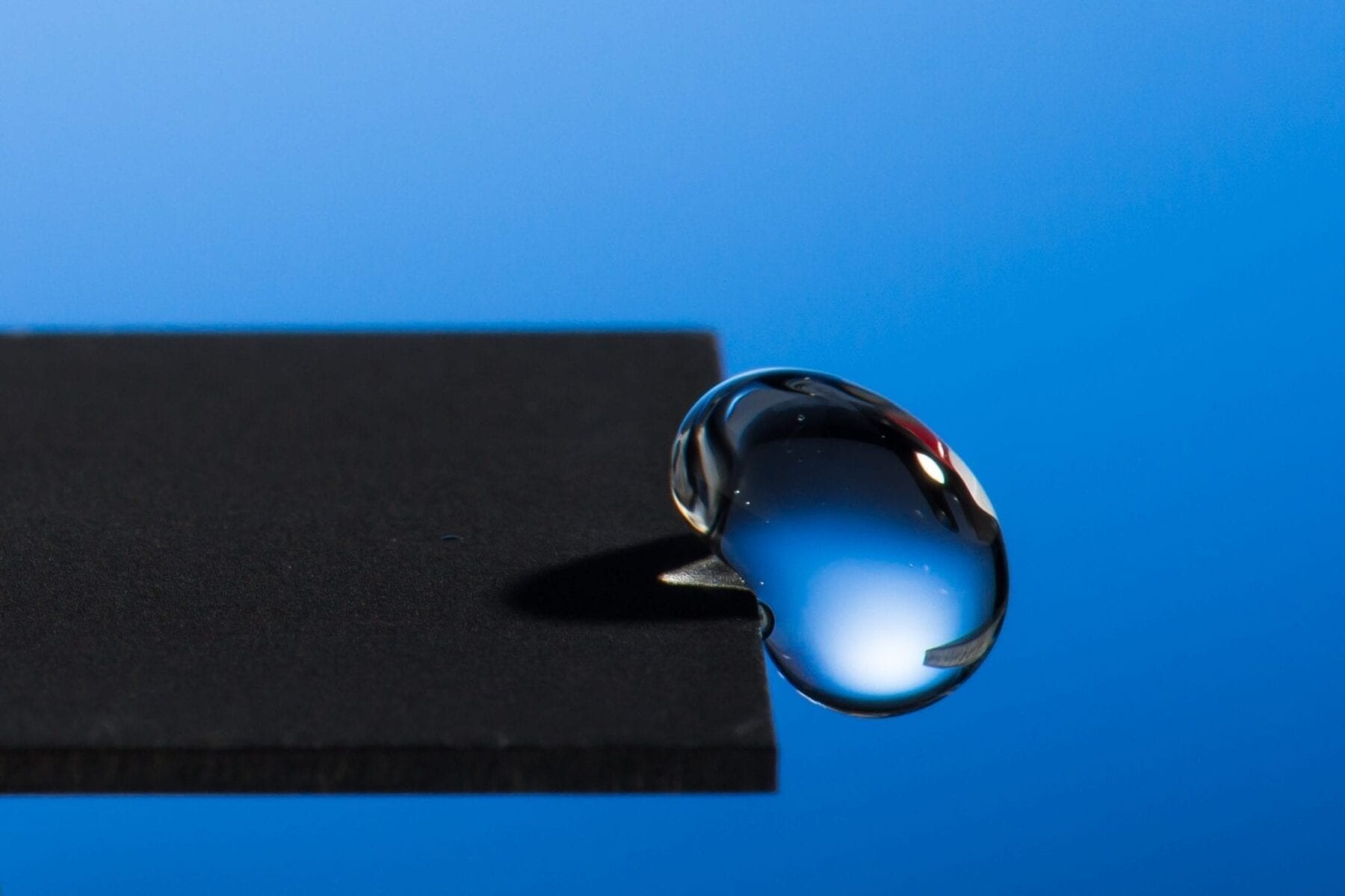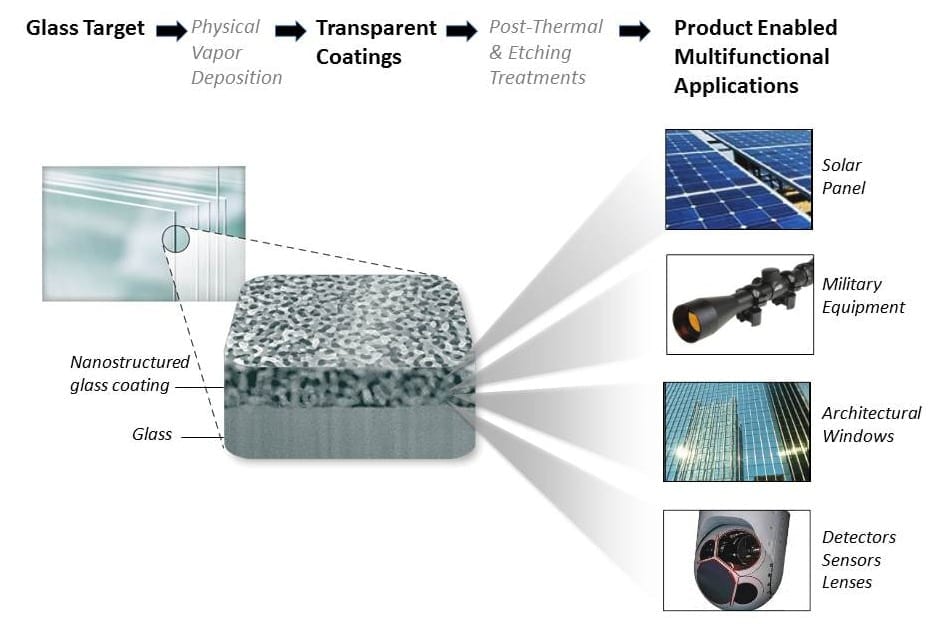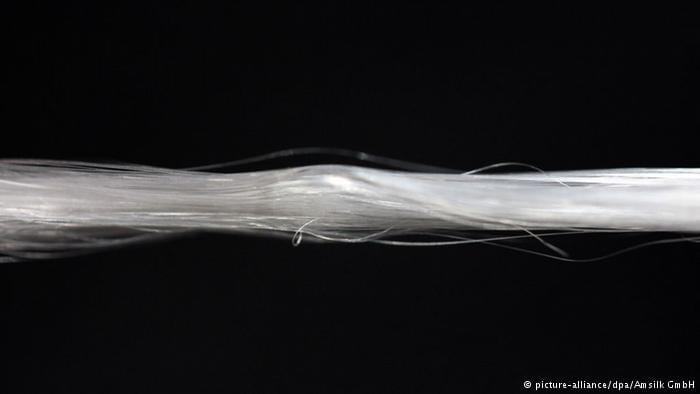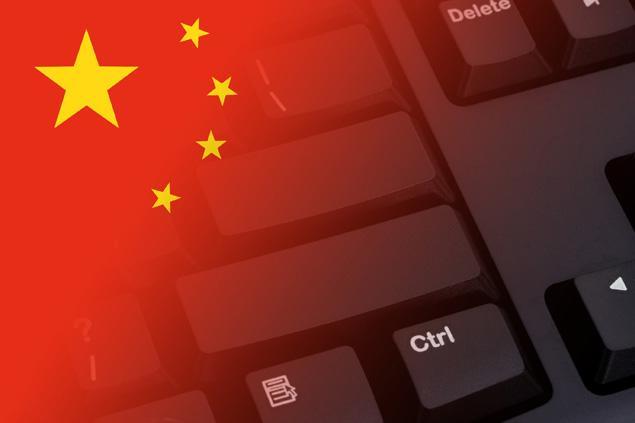
Super-hydrophobic properties could lead to applications in solar panels, sanitation and as rust-free metals
Scientists at the University of Rochester have used lasers to transform metals into extremely water repellent, or super-hydrophobic, materials without the need for temporary coatings.
Super-hydrophobic materials are desirable for a number of applications such as rust prevention, anti-icing, or even in sanitation uses. However, as Rochester’s Chunlei Guo explains, most current hydrophobic materials rely on chemical coatings.
In a paper published today in the Journal of Applied Physics, Guo and his colleague at the University’s Institute of Optics, Anatoliy Vorobyev, describe a powerful and precise laser-patterning technique that creates an intricate pattern of micro- and nanoscale structures to give the metals their new properties. This work builds on earlier research by the team in which they used a similar laser-patterning technique that turned metals black. Guo states that using this technique they can create multifunctional surfaces that are not only super-hydrophobic but also highly-absorbent optically.
Guo adds that one of the big advantages of his team’s process is that “the structures created by our laser on the metals are intrinsically part of the material surface.” That means they won’t rub off. And it is these patterns that make the metals repel water.
“The material is so strongly water-repellent, the water actually gets bounced off. Then it lands on the surface again, gets bounced off again, and then it will just roll off from the surface,” said Guo, professor of optics in the University’s Hajim School of Engineering and Applied Sciences. That whole process takes less than a second.
The materials Guo has created are much more slippery than Teflon—a common hydrophobic material that often coats nonstick frying pans. Unlike Guo’s laser-treated metals, the Teflon kitchen tools are not super-hydrophobic. The difference is that to make water to roll-off a Teflon coated material, you need to tilt the surface to nearly a 70-degree angle before the water begins to slide off. You can make water roll off Guo’s metals by tilting them less than five degrees.
As the water bounces off the super-hydrophobic surfaces, it also collects dust particles and takes them along for the ride. To test this self-cleaning property, Guo and his team took ordinary dust from a vacuum cleaner and dumped it onto the treated surface. Roughly half of the dust particles were removed with just three drops of water. It took only a dozen drops to leave the surface spotless. Better yet, it remains completely dry.
Guo is excited by potential applications of super-hydrophobic materials in developing countries. It is this potential that has piqued the interest of the Bill and Melinda Gates Foundation, which has supported the work.
Read more: Laser-generated surface structures create extremely water-repellent metals
The Latest on: Super-hydrophobic materials
[google_news title=”” keyword=”Super-hydrophobic materials” num_posts=”10″ blurb_length=”0″ show_thumb=”left”]
via Google News
The Latest on: Super-hydrophobic materials
- New Physics at Play: Physicists Discover a New Force Acting on Water Droplets Moving Over Superhydrophobic Surfaceson April 20, 2024 at 9:13 pm
Researchers at Aalto University have discovered a new force acting on water droplets moving over superhydrophobic surfaces like black silicon by adapting a novel force measurement technique to uncover ...
- Physicists explain, and eliminate, unknown force dragging against water droplets on superhydrophobic surfaceson April 15, 2024 at 5:00 pm
Microscopic chasms forming a sea of conical jagged peaks stipple the surface of a material called black ... the very mechanism that enables hydrophobic surfaces to deflect water droplets also ...
- The best spray wax for cars in 2024on April 15, 2024 at 2:15 am
This Turtle Wax Hybrid Solutions Ceramic Spray Coating uses super-hydrophobic and Si02 (silicon dioxide) polymers to repel water and other contaminants from your vehicle's finish. This ceramic ...
- Move Over Dune Sandworms, These Desert Beetles Conjure Water from Thin Airon April 3, 2024 at 5:00 pm
The bumps or tops of the mountains are smooth with no waxy material on ... attract water and are super-hydrophilic (water loving) while the sides and bottoms are super-hydrophobic (water fearing).
- Superhydrophobicity: Nature-Inspired Water Repellencyon March 20, 2024 at 3:15 am
To achieve superhydrophobicity, the surface must have a low surface energy, which can be obtained by modifying the surface with hydrophobic chemical groups ... and building materials, reducing the ...
- How environmentally friendly is fleece?on March 7, 2024 at 1:14 am
The magic material is both breathable and hydrophobic – meaning it holds ... it can keep you warm when wet, and it dries super quickly, so it’s excellent both as a mid layer and an outer ...
- The Ultimate Backpacking Packing Liston April 3, 2023 at 6:00 am
The process of preparing for a backpacking trip can be daunting, so we chatted with Leilah Grace, an avid backpacker and vice president of the American Perimeter Trail, for tips and tricks that’ll ...
- Using Lasers to Create Super-Hydrophobic Metals (VIDEO)on May 25, 2022 at 3:03 pm
Caption Scientists at the University of Rochester have used lasers to transform metals into extremely water repellent, or super-hydrophobic, materials without the need for temporary coatings ...
- Green technologies for deep blue protectionon July 22, 2020 at 6:21 pm
They also explored super-hydrophobic surfaces for protecting ... oxidative polymerization type covering materials that can be used for various complex structures, and corrosion monitoring devices ...
- Top 5 Best Silicone Wiper Bladeson May 10, 2020 at 5:00 pm
The top pick goes to PIAA's Super Silicone Wiper Blade ... The silicone formulation will leave behind a hydrophobic coating on your windshield, which forms within 90 days from the first wipe.
via Bing News











